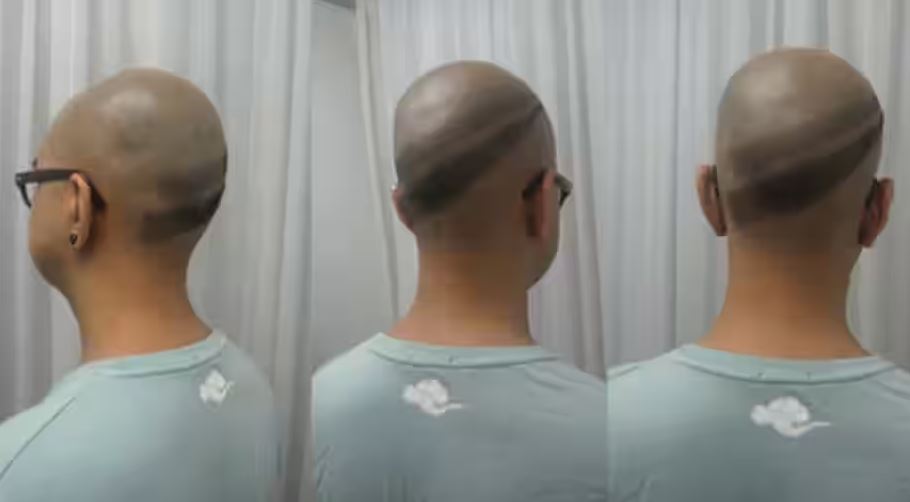Scientists in the United States successfully 3D-printed hair follicles within lab-grown human skin tissue, a first in the evolving history of biomedical engineering. The results of the study from Rensselaer Polytechnic Institute of New York were published in the journal Science Advances.
The feat is groundbreaking. Not just because of the aesthetic significance as a potential cure to baldness but also as a leap forward in regenerative medicine.
The breakthrough also reflects the potential automation of processes in biomanufacturing skin. The 3-D cultivation of human-derived cells demonstrates promise in generating new hair follicles and shafts, and promising advancements in successful skin grafts.
So far, the safety assessments often relied on hairless engineered skin tissues.
The incorporation of hair follicles into skin models provides researchers with a more realistic platform to explore how the skin interacts with various formulations, and thereby paving the way for the testing of more effective treatments for diverse skin conditions.
How the study was conducted?
The research team at the Rensselaer Institute used 3D-printing techniques tailored for cellular-level precision.
The process involved cultivating skin and follicle cells until a sufficient quantity of printable cells was obtained.
These cells were then combined with proteins and other materials to create a specialised “bio-ink” for the printer.
Using an ultra-thin needle, the printer deposited the bio-ink layer by layer, simultaneously creating channels for the placement of hair cells. Over time, skin cells migrated to these channels, mimicking the natural follicle structures present in authentic skin.
What is the bottom-line?
The breakthrough marks an advancement in the scientific realm of skin tissue engineering. The successful printing of hair follicles with the prospect of 3D-printd skin grafts capable of growing hair is set to shape the future of medical procedures concerning artificial hair transplant.
Subscribe to AM Chronicle Newsletter to stay connected: https://bit.ly/3fBZ1mP
Follow us on LinkedIn: https://bit.ly/3IjhrFq
Visit for more interesting content on additive manufacturing: https://amchronicle.com


